RDF Powers the Cement Industry Toward a Sustainable Future
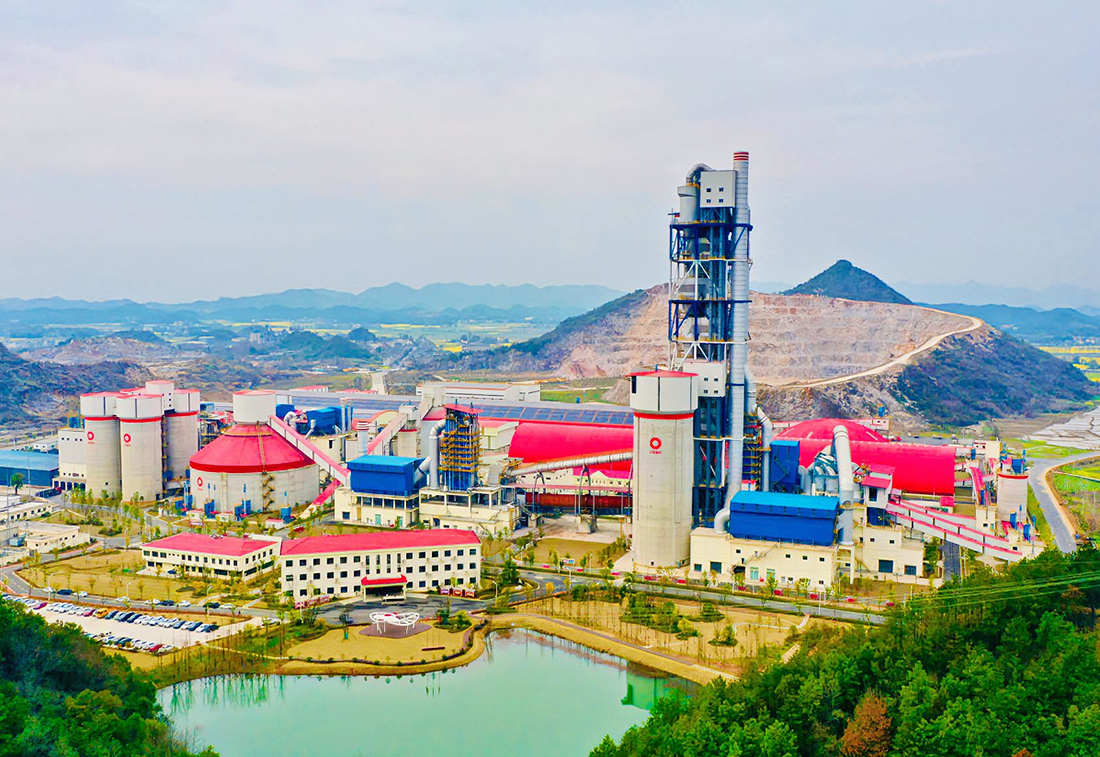
What is RDF Alternative Fuel?
RDF, or Refuse-Derived Fuel, transforms a variety of wastes—think industrial refuse, waste textiles, construction debris, and biomass—into a powerhouse fuel through shredding, screening, and magnetic separation. Boasting a calorific value of 4,000–6,000 kcal/kg, it rivals coal, yet its carbon footprint is a mere 32% of coal’s. Plus, in carbon trading, RDF from solid waste counts as zero-carbon, merging energy prowess with eco-friendliness.
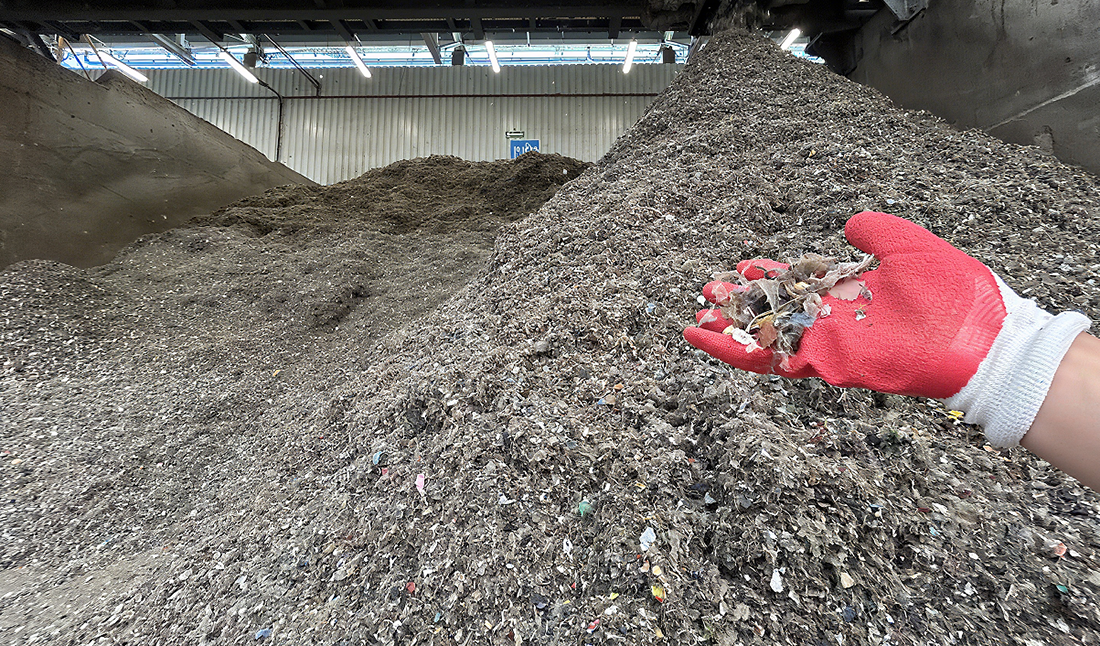
Advantages of RDF in Cement Plants
Economic Edge
Fuel and power costs devour over 50% of cement production expenses, a burden worsened by fluctuating coal prices. Enter RDF, crafted from affordable waste, slashing per-ton costs to one-third of coal’s—even in a dipping coal market, it’s 30% cheaper. One company, for example, slashed clinker coal use to 72 kgce/t with high RDF ratios, saving 22 kg of coal per ton and trimming costs by 10–15 RMB, supercharging profits.
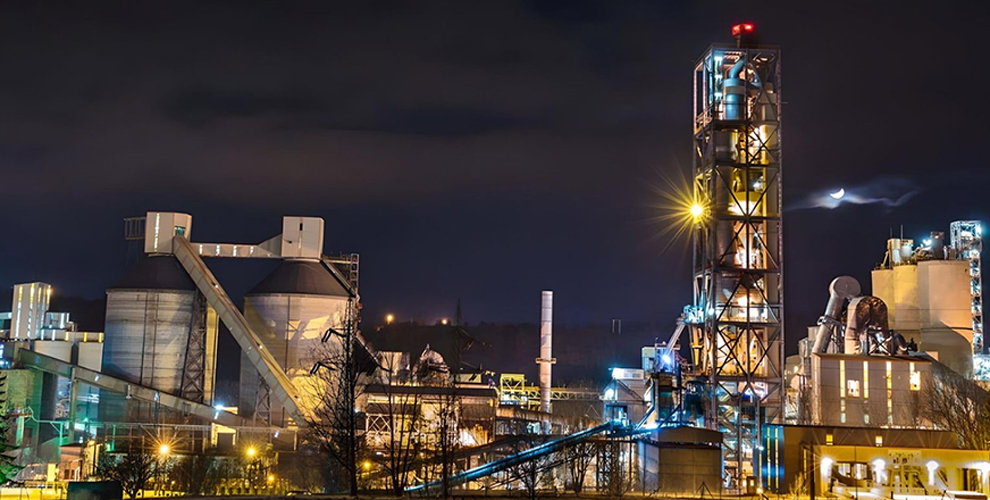
Environmental Wins
· Carbon Slash: With 35% of cement emissions from fossil fuels, swapping 1 ton of coal for RDF cuts CO₂ by 2.77 tons. Huaxin Cement’s Chongqing Dewei line, rocking a 60% thermal substitution rate (TSR), slashes emissions by over 100,000 tons yearly, fueling “dual carbon” ambitions.
· Waste Revolution: Turning industrial and municipal waste into RDF shrinks landfill loads. A Guangdong plant processes 60,000 tons annually, dodging 1,500 garbage truck trips, paving the way for “zero-waste cities.”
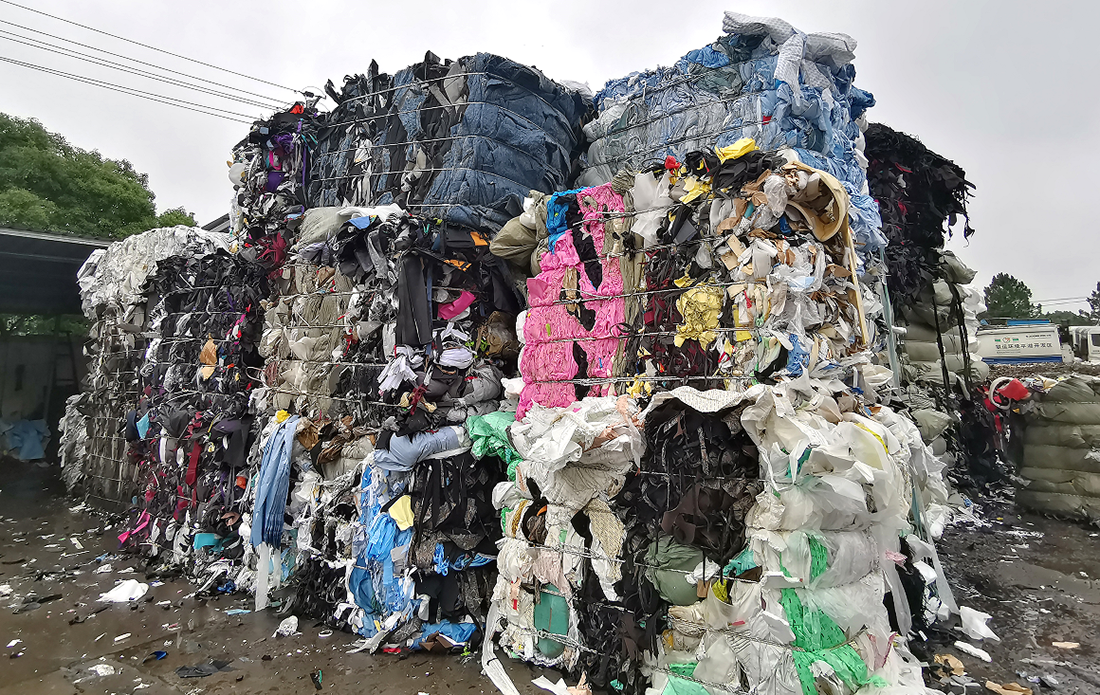
Real-World Applications
Hongshi Cement: Scaling RDF Success
Hongshi Cement, a Chinese cement leader known for waste innovation, harnesses Harden’s RDF system to redefine the game. Producing particles ≤50 mm with a 95%+ impurity removal rate and 30% better calorific stability, it has launched multiple RDF centers in three years, championing carbon reduction.
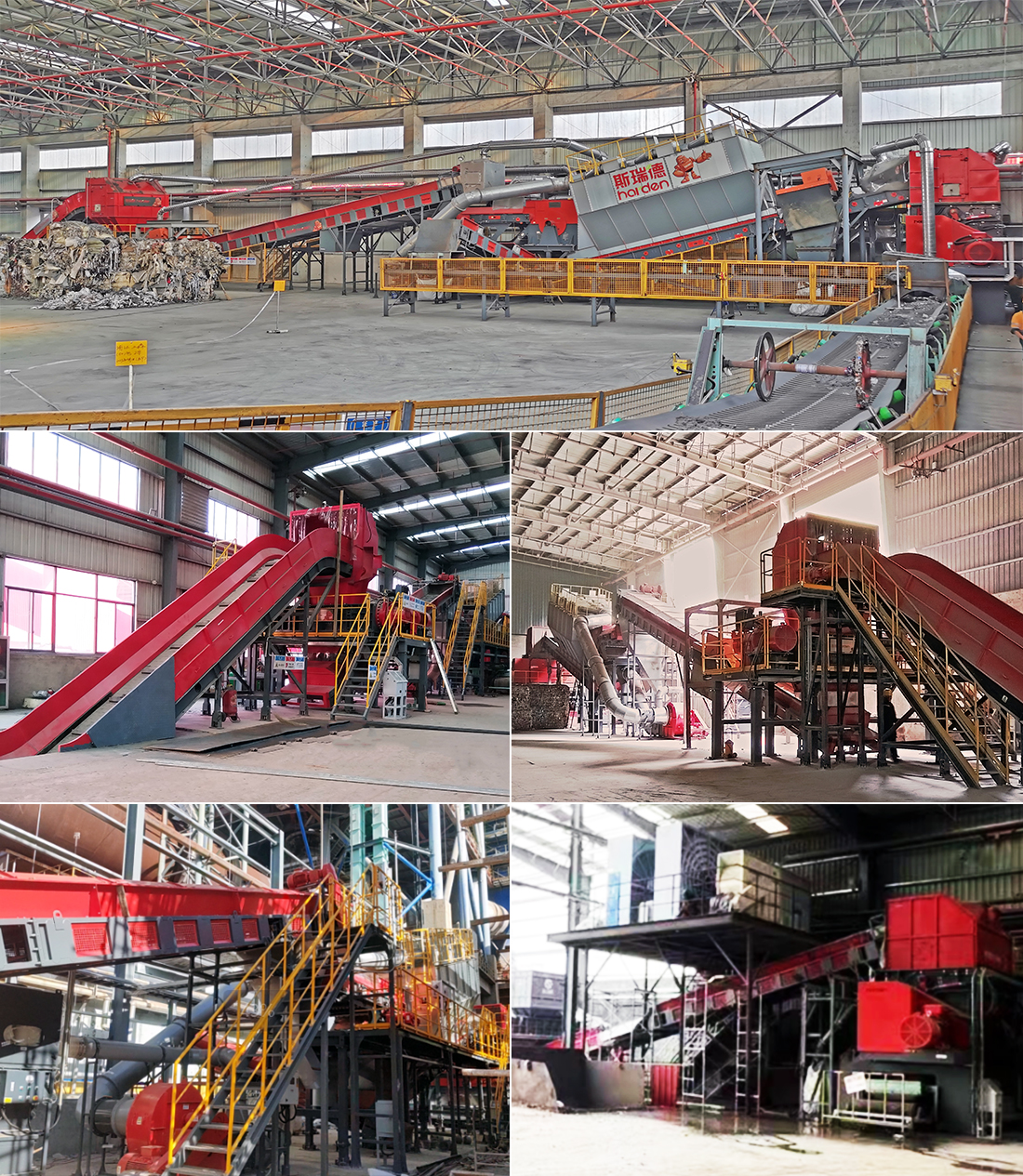
Huaxin Cement: Innovation Champion
Huaxin Cement, a sustainability pioneer, has pioneered a comprehensive “urban mining” cycle system—extracting value from waste through a seamless process from collection and preprocessing to RDF preparation. This integrated approach sets a domestic benchmark with its Chongqing Dewei line’s 60% TSR, cutting CO₂ emissions by over 100,000 tons annually—equivalent to planting 5.6 million trees. By elevating regional resource recovery to 60%, HUAXIN leads the charge in green technology.
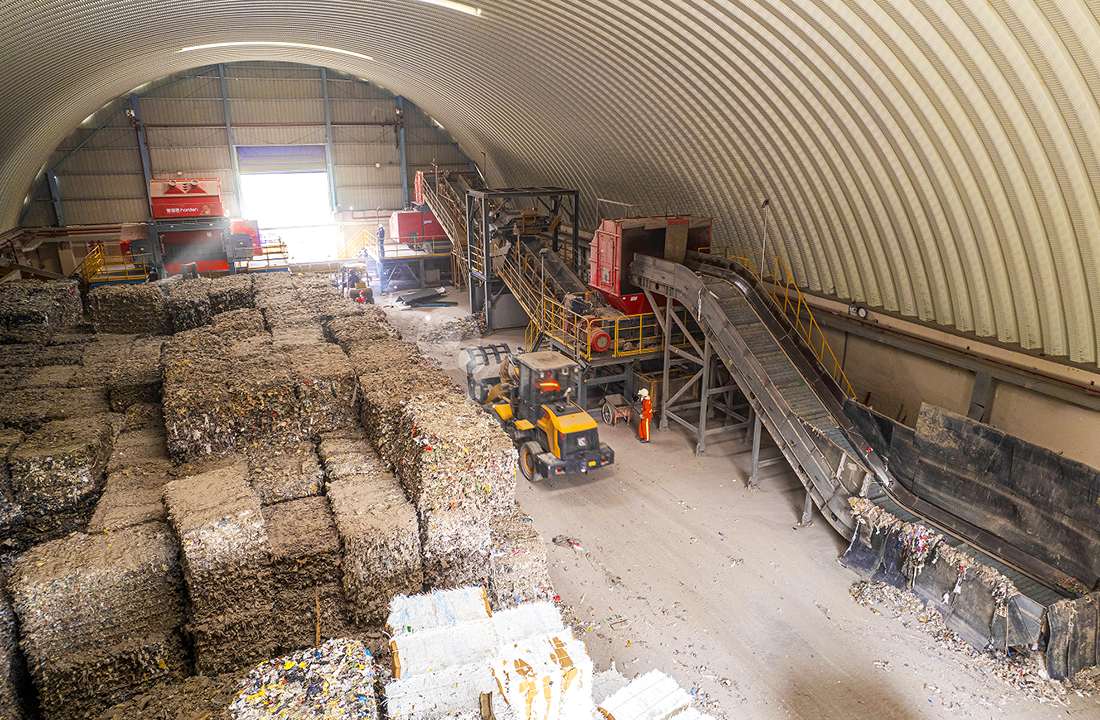
Challenges and Strategies
RDF brings hurdles: uneven fuel quality, costly kiln retrofits, and rising preprocessing costs. Harden’s DSWS solution turns 90% of waste into consistent, high-calorific RDF. Policy perks like carbon tax breaks or subsidies can turbocharge adoption.
The Future of RDF in Cement
RDF lights the way to cut costs, slash emissions, and boost resource cycling. With tech leaps and policy support, its impact will soar, steering the cement industry toward a greener tomorrow.

